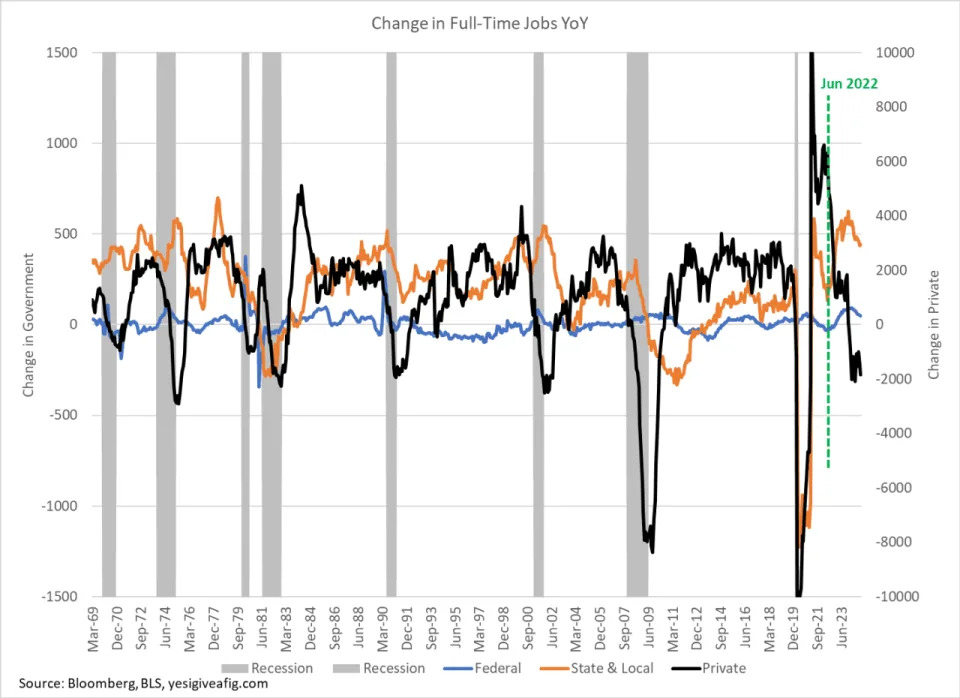Stock market manages strong start to 2025. But watch for these potential pitfalls.

Stock-market investors are just two days into the new year, but managed to halt the slide that damped the end of a still-stellar 2024.
Attention in the week ahead turns to the U.S. labor market, including Friday’s release of the December jobs report. And anticipation is set to build over what policies the incoming administration will attempt to implement after President-elect Donald Trump takes the oath of office on Jan. 20.
U.S. stocks stumbled into the end of 2024 as attention shifted back toward sticky inflation and a signal from the Federal Reserve that policymakers expect it to deliver only two interest-rate cuts in 2025. But investors shouldn’t assume all is well in the jobs market, said Michael Green, portfolio manager and chief strategist at Simplify Asset Management, in a phone interview.
There has been a “very notable divergence” between nonfarm payrolls data and data received through alternate sources, such as the Institute for Supply Management’s manufacturing index, he said. The manufacturing index rose to 49.3 in December, ISM reported Friday , but its employment gauge fell to 45.3 from 48.1 in November. A reading below 50 indicates a contraction. The ISM services-sector gauge has shown employment continues to grow, but slowed in November. The December services update is due this week.
Moreover, there are other concerns on the jobs front. The rise of the gig economy may be fuzzing the signal from jobless-claims data because displaced workers may be more inclined to drive for Uber or pick up other piecemeal work than go through the hassle associated with claiming unemployment, he said. That may help explain why first-time claims continue to hover near recent lows as continuing claims rise.
There are other worrying signs. The number of full-time, private-sector jobs are at recessionary levels, while the growth of government jobs has been at the state and local level, which is more subject to economic swings compared with more recession-proof federal jobs, he said (see chart below).

Green is critical of the U.S. Bureau of Labor Statistics’ birth-death model, which estimates the net number of new jobs created by new businesses versus those lost by business closures. The model is used to account for new business formations not captured by the survey, but has long been criticized as poor at capturing turning points in the economy.
Green anticipates it will again be the source of significant downward revisions, which are due early this year.
Revisions and changes in methodology have implications beyond the jobs data, he said. “It’s just very important to understand that things like nonfarm payrolls flow through to all of the metrics that we cite — things like personal income, GDP, etc. are derived from that data.”
For now, however, that means the December jobs report will be another update that won’t offer investors much clarity, he argued.
After trimming losses to end slightly lower in Thursday’s session, sharp gains on Friday left the S&P 500 SPX up 1% over the first two trading days of 2025 as the Nasdaq Composite COMP advanced 1.6%, the best such start to a new year for both indexes since 2018, according to Dow Jones Market Data. The Dow Jones Industrial Average DJIA gained 0.4%.
Stocks still saw losses, however, in a week shortened by the New Year’s Day holiday on Wednesday. Traders will see another shortened week, with most U.S. markets set to close on Thursday in observance of a national day of mourning for former President Jimmy Carter.
See: Forget Santa: Stock-market bulls look to ‘January barometer’ for clues on 2025
“2025 begins with mixed investor emotions, with optimism over the intermediate to longer term, but near-term nervousness and a breakdown in technical tailwinds. Following two impressive years for the market, a period of consolidation is not unexpected or unhealthy,” said Mark Hackett, chief market strategist at Nationwide, in a Friday note.
The S&P 500 index closed out 2024 with a 23.3% gain, following a 24% rise in 2023.
Check out: The stock market rarely scores hat tricks. This strategist fears what’s next.
Rep. Mike Johnson of Louisiana won re-election Friday as speaker of the House after some arm-twisting of fellow Republicans in Congress. Failure to win the gavel or a protracted battle could have threatened market confidence in the ability of the Republican-controlled Congress to deliver on deregulation, tax cuts and other measures anticipated by stock-market bulls, analysts said.
But there are also uncertainties around how Trump’s plans may affect markets. A backup in Treasury yields has been blamed in part on doubts that planned tax cuts will be offset by spending reductions capable of alleviating worries over a growing government budget deficit. Trump’s plans to implement tariffs on a range of imports have also served to stoke inflation fears.
Read: Stocks will struggle under Trump if this rate keeps going higher
“With uncertainties stemming from the new administration’s policy initiatives (i.e., taxes and tariffs) and equity markets priced to perfection, there is little room for error regarding economic and earnings disappointments — particularly if the Federal Reserve is unable to cut interest rates further should inflation surprise to the upside,” said Larry Adam, chief investment officer at Raymond James, in a Friday note. “This will likely lead to higher volatility in 2025.”

